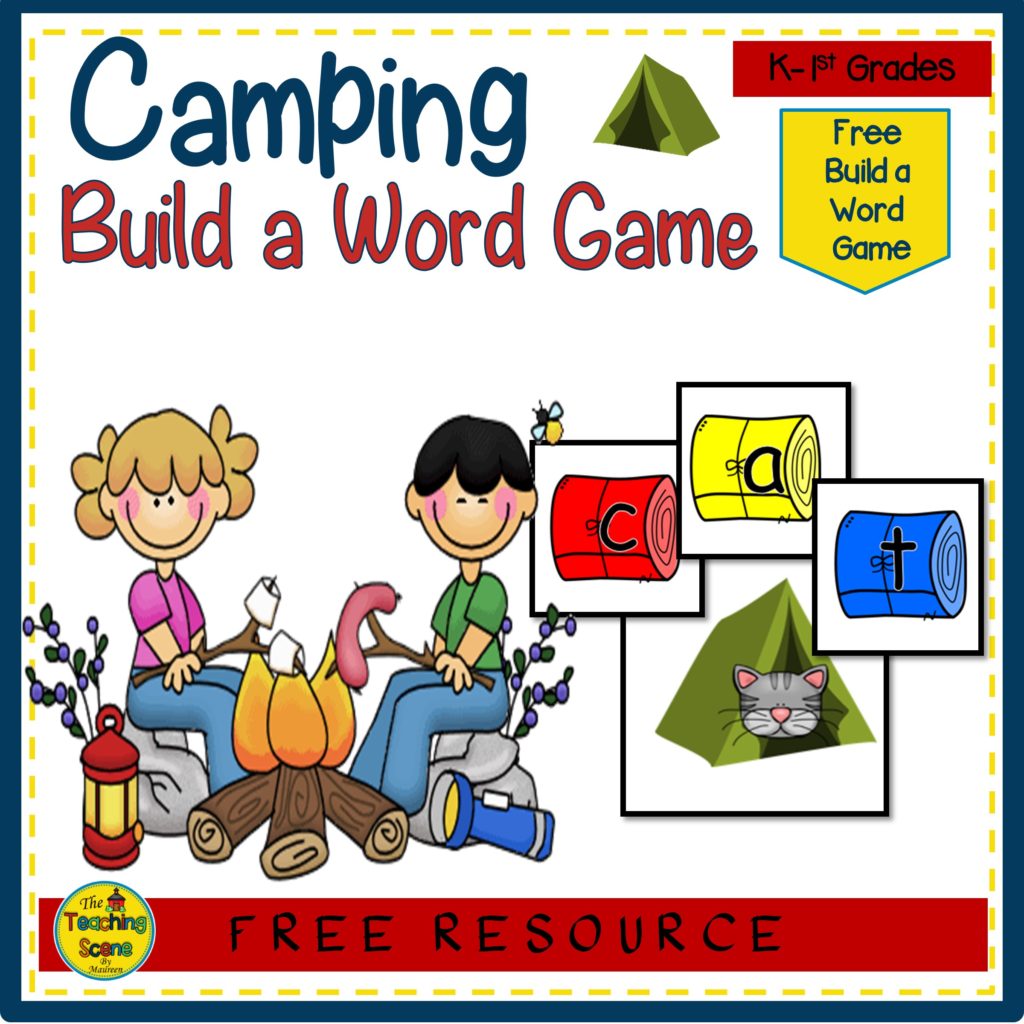What is cross-curricular learning? Are there rewards for this type of teaching? Can I effectively use this in my classroom? Who can you use this for, what grade or age level? Can it meet the needs of all my students?
If you have been asking these questions or have been wondering about cross-curricular learning, keep reading! Cross-curricular learning allows an educator to assess students’ progress, participation, and achievement no matter the skill level of the student.

Explanation of Cross-Curricular Learning
Learning in cross-curricular areas is a way to combine different school subjects to deliver lessons that children find engaging and enjoyable. Students develop skills and understanding. They become motivated to learn through a series of topics that are connected.
Teaching with cross-curricular learning allows educators to use multiple academic subjects at one time. It is an effective way to teach students problem-solving skills, give real-world meaning to assignments while increasing student engagement.
This instruction provides opportunities for students in the following areas:
- Authentic Learning
- Ongoing Learning
- Multisensory Learning

Cross-Curricular Learning Skills
The more connections that the mind makes, the better it can learn and retain information. Cross-curricular learning helps students make more connections. More meaning and relevance to the subjects and skills they are learning are present.
Some of the cross-curricular skills that students can make connections with include:
- Reading
- Communication
- Writing
- Mathematics
- Science
- Social Studies
- Technology
- Music
- Art
- Physical Education

Implementing Cross-Curriculum Learning
Instruction with cross-curriculum learning sounds like a wonderful idea. But how do you implement it into your classroom without chaos taking over? This is no easy task. Once a plan is mapped out the rewards are so beneficial!
Here are some steps to consider when implementing cross-curricular learning into your classroom.
- Communicate with principals, teachers, & parents: Communicate your intent & the benefits of the approach. Explain how you will teach and assess students with this type of learning.
- Create Concept Maps: Start with one objective. Brainstorm all the other curricular connections that can be used with this one objective. Include meeting the needs of all students.
- Plan Literacy-Based or Thematic Units: Use literacy or a theme across many subject areas. For example, in a camping thematic unit: read books about camping; graph how many students have gone camping; research camping sites; discuss wildlife in; & sing camping
- Projects & Lesson Combinations: Subject areas may be combined if students are completing certain centers or projects. Students may also be learning a variety of skills and objectives.
- Staff Collaboration: Partner with other staff members to help students learn the skills and objectives being taught. This could include teachers at your own grade level or specialized teacher.

In summary, cross-curricular learning can be an extremely rewarding experience for students. It provides a way to combine different school subjects in a curriculum that is engaging to students. Children develop their skills through connected subjects.
This learning offers a creative way to motivate students that cross subject boundaries. Students can investigate and engage their imagination through cross-curricular learning.
Grab your Free, Camping Build a Word Center!
Find some more reading activities and assessments in my store, The Teaching Scene by Maureen.
To read more topics check out my blog, “Seven Effective First Grade Assessment Tools”
